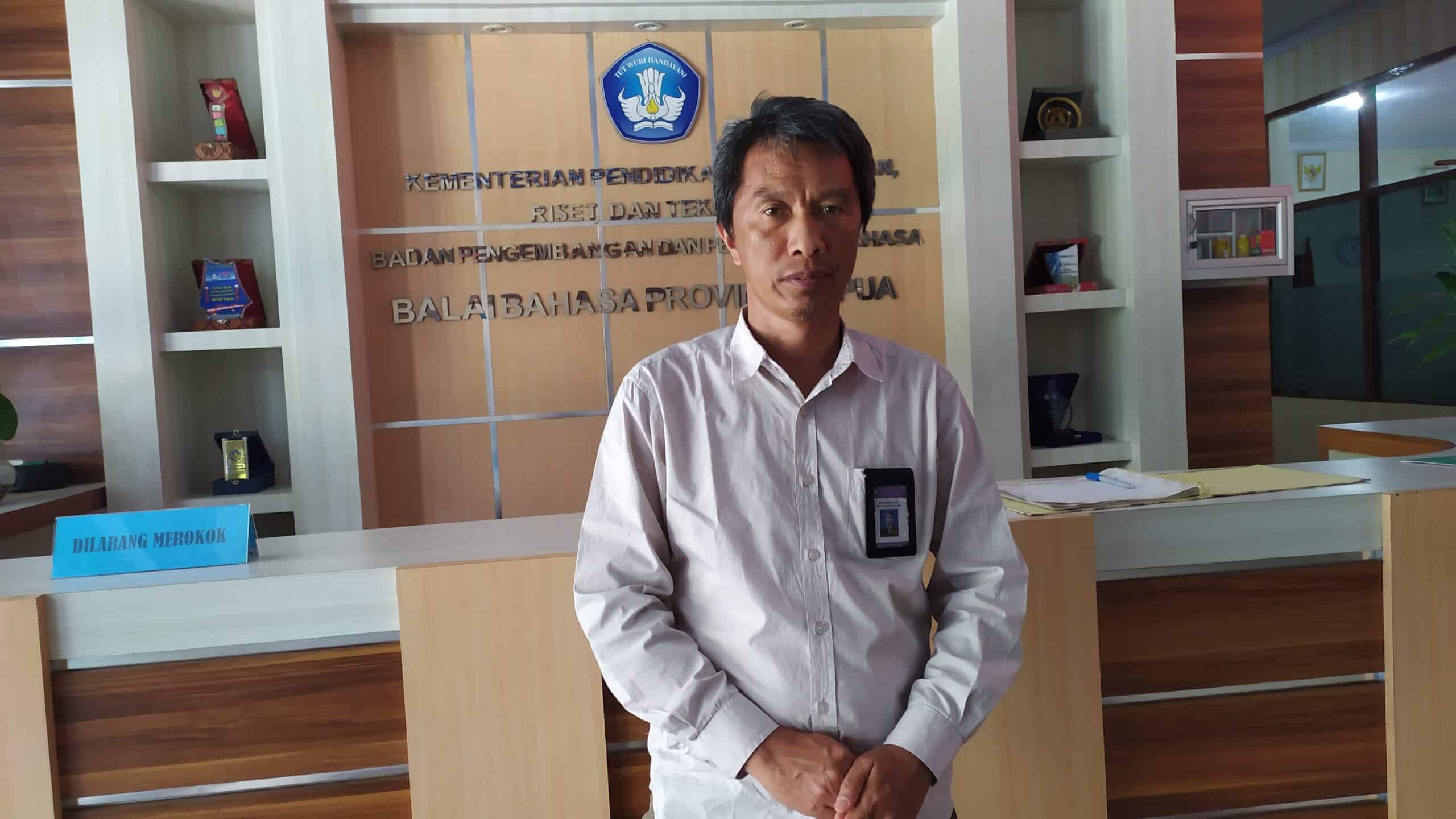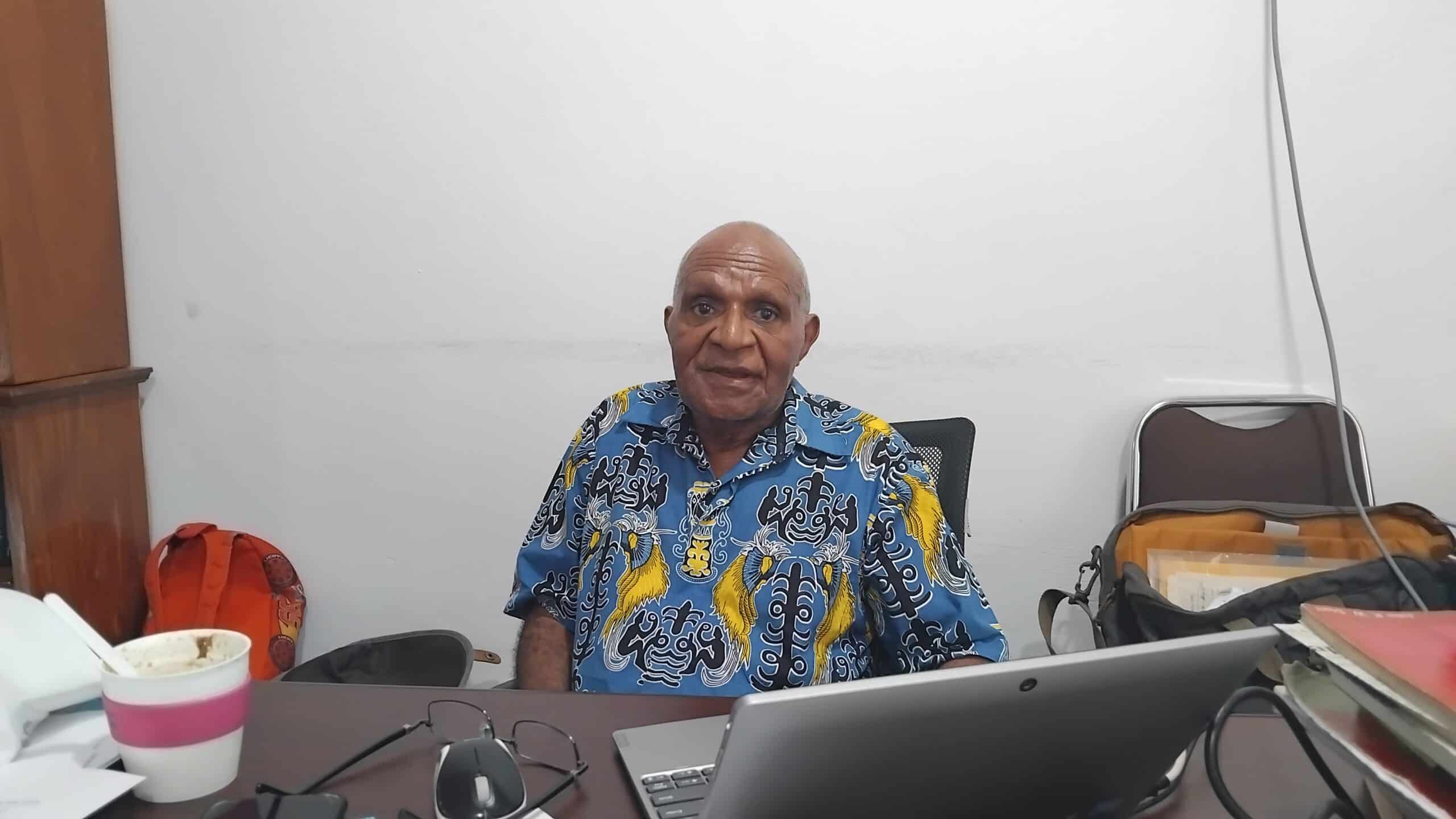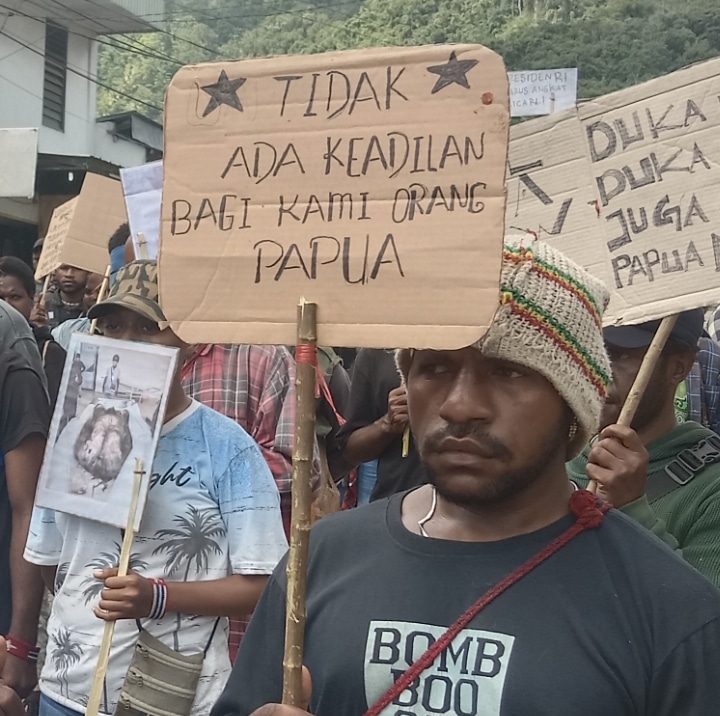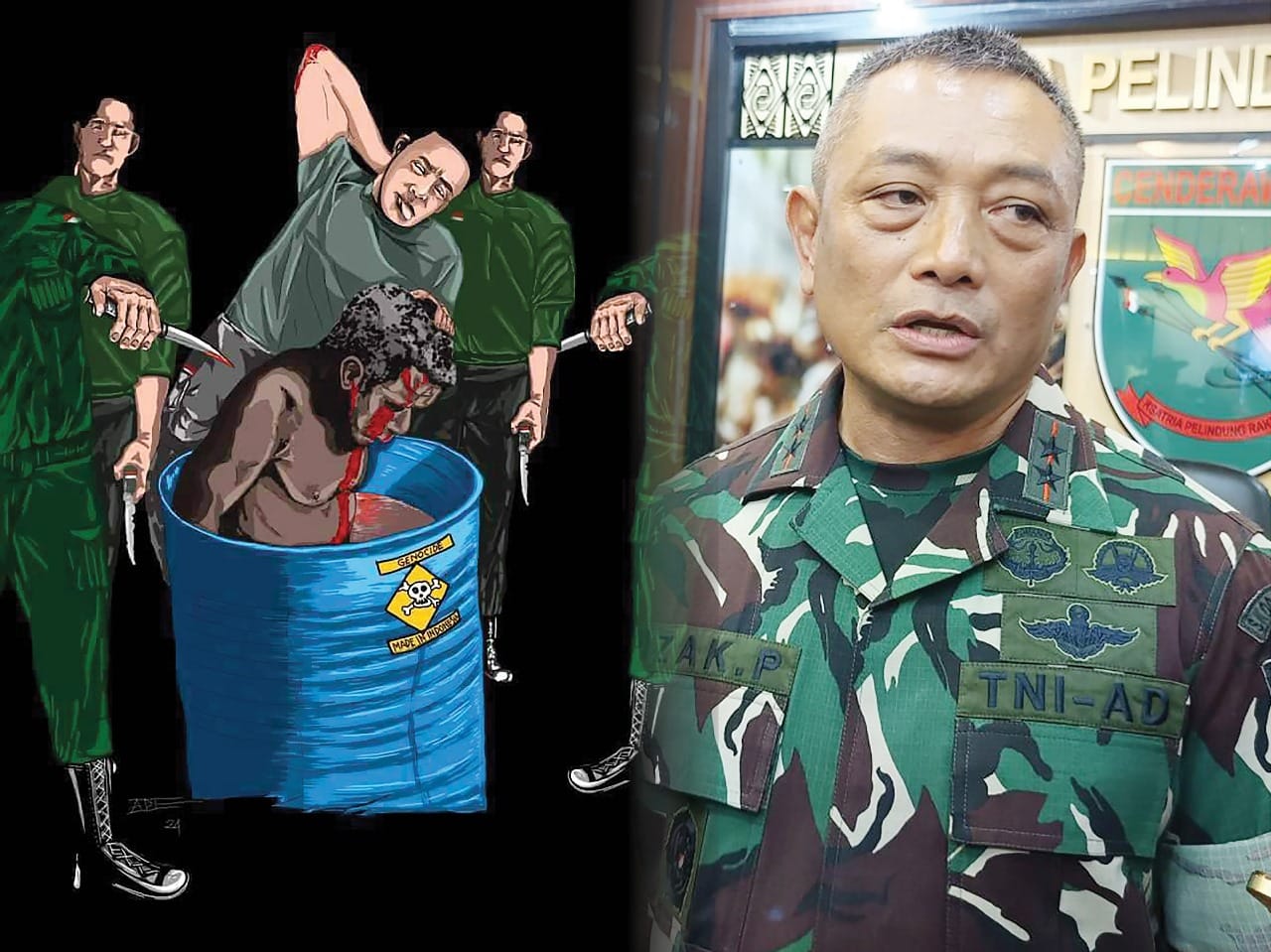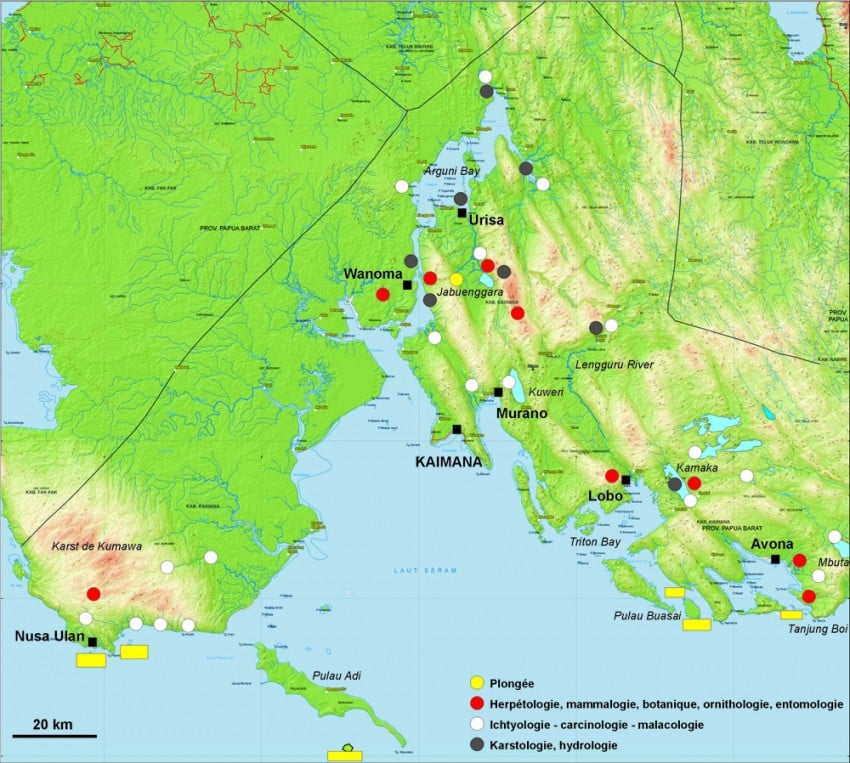Merauke, Jubi – Sukardi Gau, the Head of the Papua Provincial Language Center has expressed concern over the trend among young speakers shifting to using Indonesian or Papua Malay, which poses a threat to the existence of indigenous languages in Papua towards the brink of extinction.
Additionally, according to Gau, the tendency of parents to choose Indonesian and Papua Malay has made it difficult for indigenous languages to be passed down from older generations to children.
Gau explained that Papua Malay is often used for daily communication and interaction with children, while indigenous languages are only used when communicating with others. For instance, in the vicinity of Waena Village, Heram District, Jayapura City, it is quite challenging to find people speaking the local language, even though it is the area of Sentani language speakers.
“A concrete example is in Waena. There are no more speakers of the Sentani language, even though this is actually the area of Sentani language speakers. in Jayapura City’s Entrop, or in Abe, it would also be very difficult to find Papuans who speak their native language,” explained Sukardi Gau to Jubi when met at the Provincial Language Center Office on Yoka-Waena Street on Monday (26/2/2024).
Gau stated that generally, all indigenous languages are potentially facing extinction, especially those with a small number of speakers. In Papua, there are many indigenous languages, totaling 428, but some of the languages with few speakers are feared to disappear if not preserved and passed down to the next generation.
“This is our challenge ahead, how to make these indigenous languages an identity of Indigenous Papuans,” he said.
According to Sukardi Gau, indigenous languages with few speakers are currently on the brink of extinction. For example, speakers of Tobati Enggros, Kayu Pulo, Nafri, and Skouw languages number only in the hundreds.
“The speakers of these small indigenous languages are at risk of extinction, for example, the Tobati language in Jayapura City, there are not many speakers left, maybe a few hundred at most, but it’s worrying because the number of speakers is very limited,” said Gau.
He explained that currently, in the Central Papua and Mountainous Papua regions, many people still communicate daily using their native languages, such as the Western Baliem or Lani languages, and the Mee language, which has hundreds of thousands of speakers.
It is different in coastal areas of Papua, where the number of speakers of indigenous languages is decreasing. According to Gau, although languages like Sentani or Biak have speakers numbering around 20,000, the number is still relatively small.
Therefore, Yohanis Sanjoko, a Junior Language Specialist at the Papua Language Center, hopes that young generations in Papua in every region will learn their respective native languages. He also hopes for families to play their part because families are the last defense of indigenous languages. If families have a positive attitude, pride, and love for their native language, parents will teach it to their children.
“So indeed, the last defense is in the family, because if they are not proud of their native language, the language will automatically become extinct. Children will not know the language if the family never speaks it, let alone teaches it. So, we hope for the younger generation, families should be proud of their native language and love their language,” said Yohanis Sanjoko. (*)



